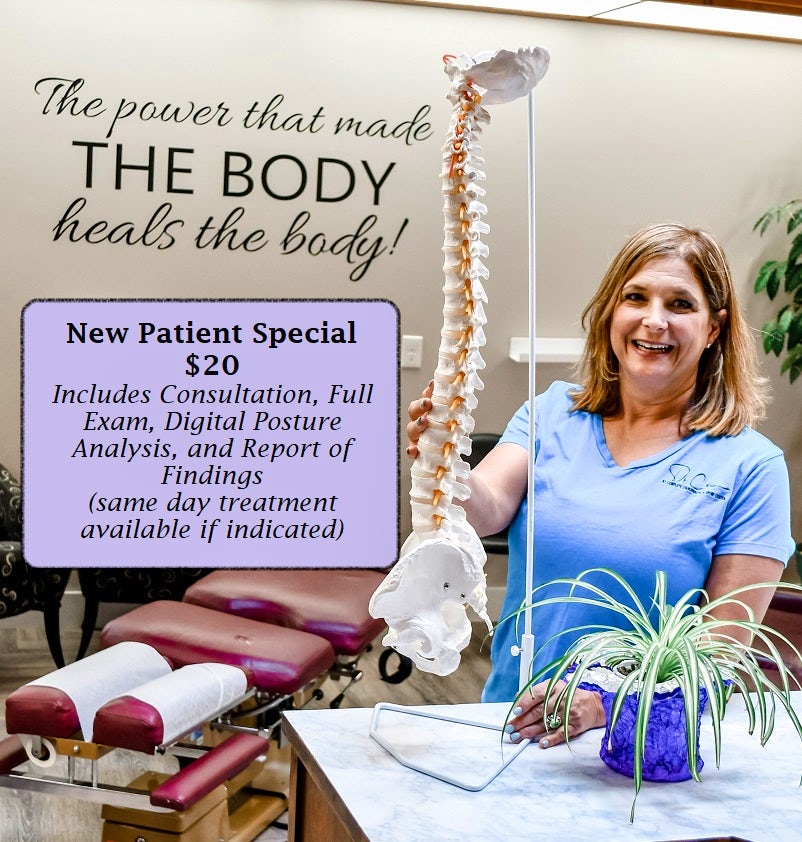
Chiropractic care is a non-invasive, drug-free approach to health and wellness that focuses on restoring proper alignment to the spine and musculoskeletal system. As individuals explore this holistic form of treatment, questions about the comfort and safety of chiropractic adjustments often arise. In this blog post, we'll delve into these concerns to provide a clear understanding of what to expect during chiropractic adjustments and address the safety considerations associated with this form of care. Understanding Chiropractic Adjustments: Chiropractic adjustments, also known as spinal manipulations, are the cornerstone of chiropractic care. During an adjustment, a chiropractor applies precise force to specific areas of the spine or joints to correct subluxations, restore misalignments, alleviate pain, and improve function. This hands-on technique may involve gentle pressure, quick thrusts, or specialized tools to mobilize restricted joints and restore proper alignment. Does It Hurt? One of the most common questions individuals have about chiropractic adjustments is whether they hurt. The answer is not a simple yes or no, as the experience can vary depending on several factors. For many patients, chiropractic adjustments are painless or accompanied by only mild discomfort. Some individuals may experience a sensation of pressure or stretching during the adjustment, while others may notice a popping or cracking sound as the joints are mobilized. However, it's essential to understand that any discomfort is typically temporary and outweighed by the potential benefits of the treatment, such as reduced pain and improved mobility. Safety Considerations: Chiropractic adjustments are generally considered safe when performed by a qualified and experienced chiropractor. However, as with any form of medical treatment, there are certain safety considerations to keep in mind:
- Professional Qualifications: Choose a chiropractor who is licensed and properly trained to perform chiropractic adjustments. Look for certifications and memberships in reputable professional organizations.
- Individual Health Factors: Inform your chiropractor about any pre-existing medical conditions, injuries, or concerns you may have before undergoing chiropractic care. This information will help your chiropractor tailor the treatment plan to suit your specific needs and ensure your safety throughout the process.
- Open Communication: Communication is key to a safe and effective chiropractic experience. Don't hesitate to voice any questions, concerns, or preferences you may have with your chiropractor. A skilled chiropractor will take the time to listen to your needs and address any apprehensions you may have about the treatment.
- Follow-Up Care: Your chiropractor may recommend follow-up appointments to monitor your progress and make any necessary adjustments to your treatment plan. Be sure to attend these appointments as scheduled to ensure the best possible outcomes. In conclusion, chiropractic adjustments are safe and well-tolerated by most individuals. While some may experience mild discomfort during the adjustment process, the potential benefits of chiropractic care, such as pain relief and improved mobility, often outweigh any temporary discomfort. By choosing a qualified chiropractor, maintaining open communication, and addressing any safety concerns upfront, you can embark on your chiropractic journey with confidence, knowing that you are taking proactive steps towards better spinal health and overall wellness.






